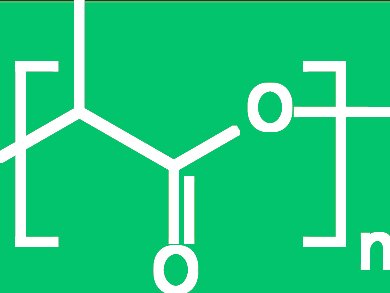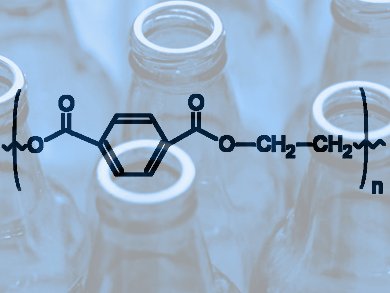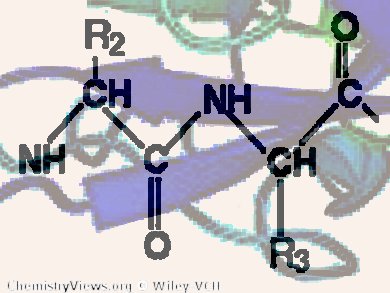Guy B. Marin, Ghent University, Belguim, has been awarded the 2012 Danckwerts Lecture for his work in the field of chemical engineering

G. Marin Awarded Danckwerts Lecture

International Bionic Award 2012
The Bionic Award of the VDI (Association of German Engineers) presented to team behind biologically inspired flapping mechanism

Efficient Chemical Transformations of Cellulose
Cellulose is effectively converted into methanol, propylene, and ethylene glycol over Cu-based catalysts

Inkjet Ink for Large OLED Displays
Merck’s organic light-emitting diode (OLED) materials combined with Epson’s technology that converts OLED materials into ink

More Power Between the Sheets
Nanosheets of boron carbon nitride have large capacity for lithium ions and could be used as "green" electrodes in rechargeable batteries

Science Award Electrochemistry for N. Yabuuchi
Naoaki Yabuuchi, Japan, awarded €50,000 prize by Volkswagen and BASF for his new Na-ion battery electrode materials

Future of Worldwide Polylactic Acid Capacity
Asia is expected to overtake North America in bio-based polylactic acid (PLA) capacity by 2020

Electride Ammonia
A new process for making ammonia could reduce the overall energy costs in the manufacture of this crucial chemical

Europe`s Biggest PET Plant
Uhde Inventa-Fischer, Switzerland, is to build a polyethylene terephthalate (PET) plant for JBF Industries Ltd., India, in Belgium

Novel Assays for Research and Clinical Routine
Collaboration of Thermo Fisher Scientific and Immundiagnostik to combine antibody technology and mass spectroscopy